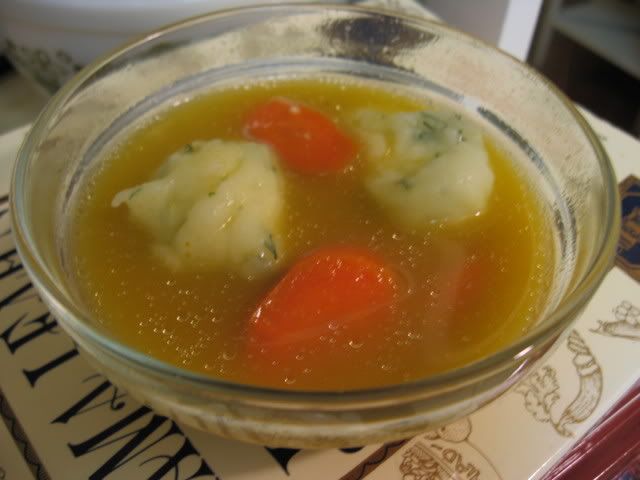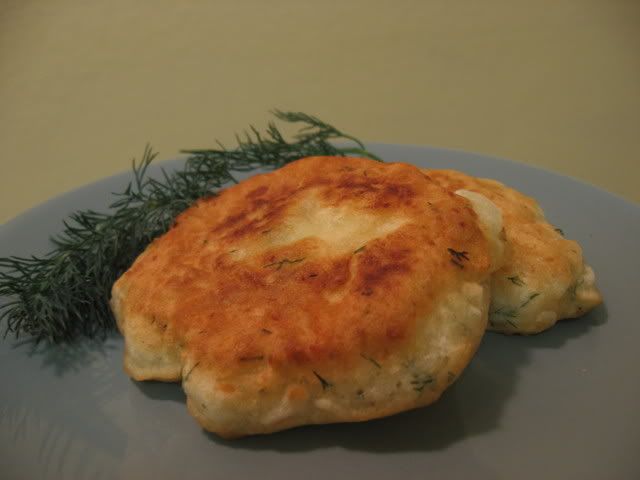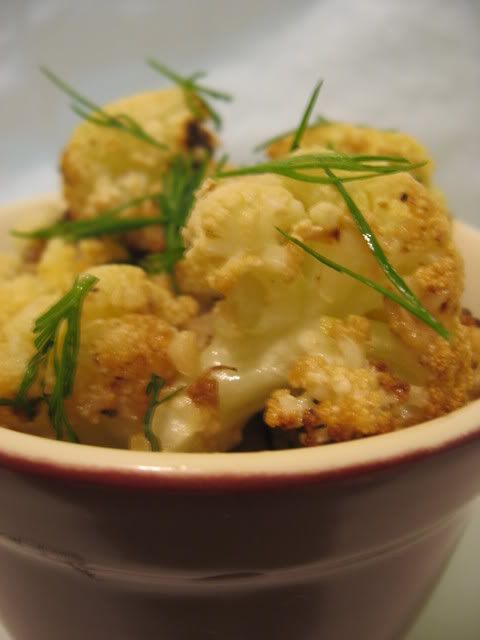 Hello everybody. By request, I have rounded up a diverse array of gluten-free Passover recipes from all over the internet. As you can see from this collection, it is definitely possible to have a delicious and kosher seder free from gluten! None of these recipe include gluten-containing grains (wheat, most oats, rye, barley, kamut, spelt, triticale and their derivatives) and most are also considered non-gebrokts. I've organized this list into categories of foods commonly eaten during the Passover week, especially during the seder. I hope this will help give you some ideas of foods to prepare next week. Feel free to post additional links in the comments!
Hello everybody. By request, I have rounded up a diverse array of gluten-free Passover recipes from all over the internet. As you can see from this collection, it is definitely possible to have a delicious and kosher seder free from gluten! None of these recipe include gluten-containing grains (wheat, most oats, rye, barley, kamut, spelt, triticale and their derivatives) and most are also considered non-gebrokts. I've organized this list into categories of foods commonly eaten during the Passover week, especially during the seder. I hope this will help give you some ideas of foods to prepare next week. Feel free to post additional links in the comments!Other Passover-related links that are of particular interest to gluten-free Jews:
- Manischewitz List of Ingredient Substitutions
- Recipe for Corn- and Gluten-Free Baking Powder
- Gluten-Free Passover Recipes Cookbook on Recipezaar
KOSHER, GLUTEN-FREE PASSOVER RECIPES
Codes:
P = Parve (no dairy, no meat)
M = Meat (fleischig)
D = Dairy (milchig)
V = Vegan (no animal products, no honey)
VG = Vegetarian dishes containing dairy, eggs and/or honey
MATZO
Gluten-Free Mock Matzo (P, V)
Matzah Crackers (P, V)
CHAROSET
Charoset (Ashkenazi) (P, VG)
Tropical Charoset (P, V)
Charoset from Ancona (Italy) (P, V)
Traditional Ashkenazi Apple-Walnut Charoset (P, V)
Sephardic Haroset (P, VG)
SOUP
Fennel, Leek and Spinach Soup (M)
Creamy Carrot Soup (D, VG)
Jewish Chicken Soup (M)
Kittencal's Best Chicken Stock (M)
Not-Chicken Soup (P, V)
Chicken Soup (M)
World's Greatest Vegetable Broth (P, V)
MATZO BALLS & SOUP DUMPLINGS
Hemp & Walnut Wheat-Free Kneydlekh (P, VG)
Potato Kneidlach (P, VG)
Potato Dumplings (P, VG)
MEAT MAIN DISHES
Honey Golden Chicken - Sabra Style (M)
Passover Chicken and Chips (M)
Roast Chicken with Cinnamon, Apricots and Apples (M)
Passover Master Barbeque Sauce (M)
Garlic and Mushroom Chicken (M)
Tagine of Lamb (M)
Cinnamon Lamb(M)
Beef Tzimmes with Butternut Squash (M)
Legumbres Yenos de Karne (Sephardic Stuffed Vegetables) (M)
Passover Chicken Fricasee (M)
Pan-Seared Ribeye Steak with Smoked Paprika (M)
Marinated Brisket (M)
VEGETARIAN MAIN DISHES
Balsamic Honey Roasted Root Vegetables (P, VG)
Low-Cal Zucchini Quiche (D, VG)
Savory Non-Gebrokts Noodle Kugel (D, VG)
Carrot Tzimmes (P, VG)
Vegetable Pie with Cabbage Crust (D, VG)
Portobello Layered Mashed Potatoes Casserole(D, VG)
Turkish Vegetarian Eggplant Stew (P, V)
Crustless Florentine Tart (D, VG)
Portabello Pizzettas (D, VG)
Portobelo Mushrooms with Quinoa (P, V)
Big Delicious Quinoa Bowl (P, V)
Walnut Sage Potatoes Au Gratin (D, VG)
Egg and Asparagus Gratin (D, VG)
Sicilian-Style Quinoa (D, VG)
Purple Potato Quiche (D, VG)
Spinach Ricotta Pie with a Hint of Feta (D, VG)
Low-Carb Pizza (D, VG)
Potato Pancakes with Dill (P, VG)
Sweet Potato Latkes with Sugared Pecans (D/P, VG)
Potato-Kale Casserole (P, V)
Vegan Potato-Mushroom Kugel (P, V)
Zucchini "Noodles" with Alfredo Sauce (D, V)
Ghivetch (P, V)
Tzimmes (P, V)
Onion Mushroom Potato Kugel (P, VG)
Baked Eggs and Kale Parmesan (Fritatta) (D, VG)
FISH MAIN DISHES
Bacalao Provencal (P)
Salmon Fish Stew, Brazilian Style (P)
Salmon, Pan-Seared w/Citrus Vinegar Glaze (P)
Stuffed Trout (P)
Salmon with Sage and Vegetables in Parchment Paper (D)
Nut-Crusted Lake Trout (P)
SIDE DISHES
Lacy Potato Kugel (P, VG)
Raw Vegan Mock "Gefilte Fish" (P, V)
Apio (Turkish Braised Celery Root and Carrots) (P/M/V)
Acorn Squash With Apple Stuffing (P, V)
Roasted Brussels Sprouts (P, V)
Mandarin Almond Salad (P, V)
Non-Dairy Cashew Sour Cream (P, V)
Carrot Souffle (P, VG)
Greek Style Oven Fries (P, V)
Spring Potato Salad (P, V)
Spice-Roasted Butternut Squash With Smoked Paprika (P, V)
Quinoa Tabouli (P, V)
Easy Quinoa Pilaf (P/M/V)
Roasted Turnips with Balsamic Vinegar (P, V)
Easy Vegetarian Collard Greens (P, V)
Kalamata Olive Tapenade (D, VG)
Maple Butternut Squash Puree (D, VG)
Quinoa Greek Salad (D, VG)
Coconut Mashed Yams (P, V)
Spicy Garlic Kale with Sauteed Red Peppers (P, V)
Sugar and Spice Nuts (P, VG)
Curtido De Repollo - El Salvadorean Cabbage Salad (P, V)
Vegetarian Kishke (P, VG)
DESSERT
Quick Homemade Applesauce (No Sugar Added) (P, V)
Meringue Drops (P, VG)
Strawberry-Rhubarb Compote (P, V)
No-Fuss Chocolate Cake (P, VG)
Chocolate Mousse Cake (P, VG)
Fudgy Coconut Macaroons and Phoenix Pastificio's Almond Macaroons (D, VG)
Raspberry Cream Frosting (No Added Sugar) (D, VG)
Flourless Apple Cake (D/P, VG)
Deborah Snyder's Coconut Macaroons (D, VG)
Chocolate Chip Macaroons (P, VG)
Flourless Chocolate Cake (D, VG)
Almond-Lemon Macaroons (Almendrados) (P, VG)
Chocolate and Olive Oil Mousse (P, VG)
Orange-Almond Flan (P, VG)
Italian Chocolate Walnut Cake (D, VG)
Gluten-Free Chocolate Crinkle Cookies (P, VG)
Hot Fruit Compote (P, V)
BREAKFAST
Hot Quinoa Cereal (D, VG)
Spanish Potato Omelet (P, VG)
Maple Almond Souffle Pancake (D, VG)
Passover Pancakes (P, VG)
Crepes (D, VG)
Quinoa Porridge (P, V)
Chag sameach! Have a wonderful Passover.
































